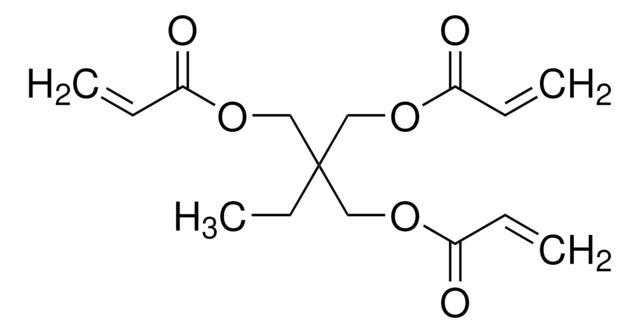381489
Trimethylolpropane tris(3-mercaptopropionate)
≥95.0%
Sinonimo/i:
1,1,1-Trimethylolpropane-tris(3-mercaptopropionate), 2,2-Bis(3-sulfanylpropanoyloxymethyl)butyl 3-sulfanylpropanoate, Trimethylolpropane tris(β-mercaptopropionate), Trimethylolpropane tris(3-mercaptopropanoate), Trimethylolpropane tris(3-mercaptopropropionate)
About This Item
Prodotti consigliati
Livello qualitativo
Saggio
≥95.0%
Indice di rifrazione
n20/D 1.518 (lit.)
P. eboll.
220 °C/0.3 mmHg (lit.)
Densità
1.21 g/mL at 25 °C (lit.)
Gruppo funzionale
ester
thiol
Stringa SMILE
CCC(COC(=O)CCS)(COC(=O)CCS)COC(=O)CCS
InChI
1S/C15H26O6S3/c1-2-15(9-19-12(16)3-6-22,10-20-13(17)4-7-23)11-21-14(18)5-8-24/h22-24H,2-11H2,1H3
IMQFZQVZKBIPCQ-UHFFFAOYSA-N
Categorie correlate
Descrizione generale
Applicazioni
- Preparation of hydrogels, via crosslinking inulin derivatives.
- Construction of porous hybrid monolithic materials.
- As monomer for the preparation of a new thiol-ene based polymeric fluorescence sensor, via photo initiated polymerization.
Avvertenze
Warning
Indicazioni di pericolo
Consigli di prudenza
Classi di pericolo
Eye Irrit. 2 - Skin Irrit. 2 - STOT SE 3
Organi bersaglio
Respiratory system
Codice della classe di stoccaggio
10 - Combustible liquids
Classe di pericolosità dell'acqua (WGK)
WGK 3
Punto d’infiammabilità (°F)
204.8 °F - closed cup
Punto d’infiammabilità (°C)
96 °C - closed cup
Dispositivi di protezione individuale
Eyeshields, Gloves, type ABEK (EN14387) respirator filter
Scegli una delle versioni più recenti:
Possiedi già questo prodotto?
I documenti relativi ai prodotti acquistati recentemente sono disponibili nell’Archivio dei documenti.
I clienti hanno visto anche
Il team dei nostri ricercatori vanta grande esperienza in tutte le aree della ricerca quali Life Science, scienza dei materiali, sintesi chimica, cromatografia, discipline analitiche, ecc..
Contatta l'Assistenza Tecnica.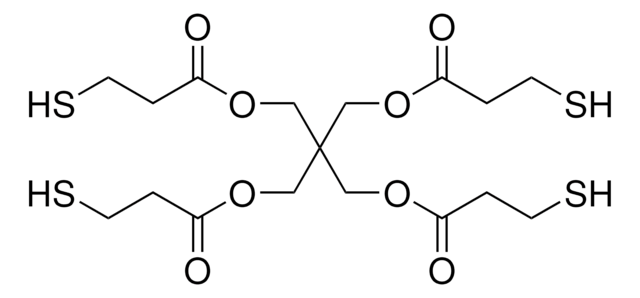
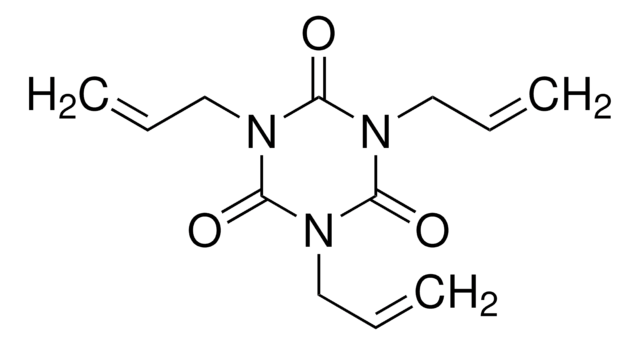

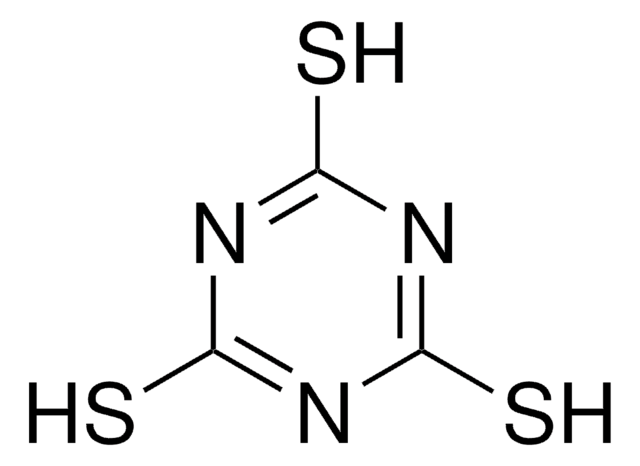
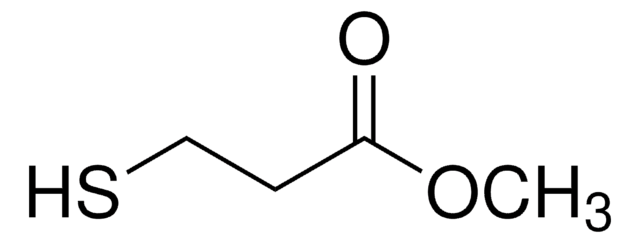
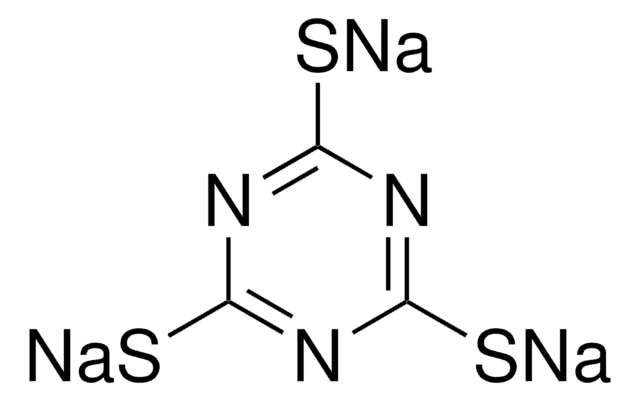
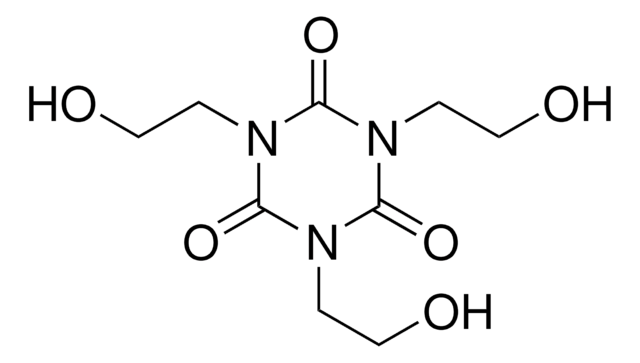
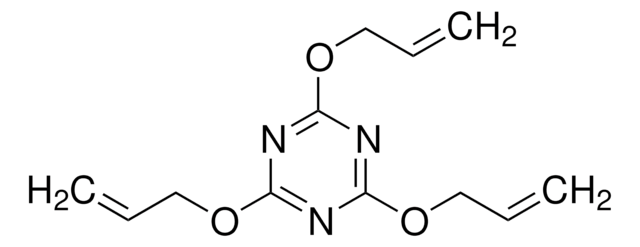
![Tris[2-(acryloyloxy)ethyl] isocyanurate](/deepweb/assets/sigmaaldrich/product/structures/254/494/1a620abc-8043-457f-92ec-87a959682438/640/1a620abc-8043-457f-92ec-87a959682438.png)






